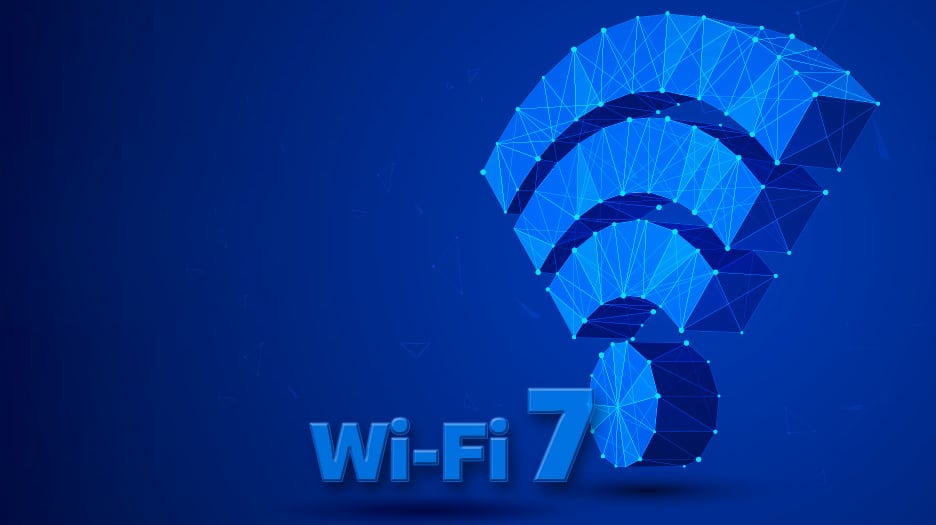
The first smartphones that support Wi-Fi 7 could start coming out as soon as the second half of 2024, according to a new report from DigiTimes that cites IC backend houses and inspection labs.

Wi-Fi 7 is able to use 320MHz channels and it supports 4K quadrature amplitude modulation (QAM) technology, ultimately providing up to 2.4x faster speeds than Wi-Fi 6 with the same number of antennas.
Positioned as the next major generational Wi-Fi technology evolution, Wi-Fi 7 is expected to provide speeds of "at least 30" gigabits per second and could even hit 40Gbps, according to the Wi-Fi Alliance. It will offer speeds fast enough for next-generation AR/VR, 8K video streaming, and gaming devices.
Wi-Fi 6 features speeds of up to 9.6Gb/s, and WiFi 5 maxed out at 3.5Gb/s, so WiFi 7 will be a notable improvement when it launches. There is no word as of yet on when Apple might implement Wi-Fi 7, but it is worth noting that Apple has not even adopted Wi-Fi 6E, which has been available since 2019.
Apple devices are still using Wi-Fi 6, and there is a possibility that Apple will stick with Wi-Fi 6 until the launch of Wi-Fi 7, skipping Wi-Fi 6E entirely. DigiTimes suggests that with the launch of Wi-Fi 7 on the horizon, Wi-Fi 6E is "just a transitional technology."
Wi-Fi 7 will come first to routers and notebooks before making its way to smartphones. In January, MediaTek demoed Wi-Fi 7, and Intel has said that it plans to adopt Wi-Fi 7 in PC laptops by 2024, with the technology appearing in major markets in 2025. Qualcomm is also working on Wi-Fi 7 chip options that are expected to appear in the same time frame.
Article Link: First Smartphones With Faster Wi-Fi 7 Coming as Early as 2024

